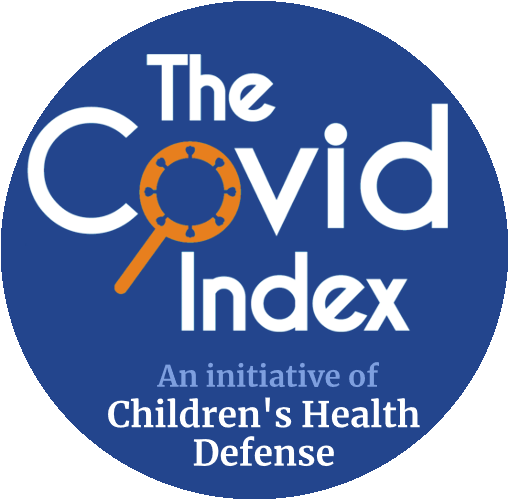"1. Introduction
... Despite the potential for clinical application, some studies have suggested that NPs [nanoparticles] can be toxic. These studies have demonstrated the ability of NPs to accumulate in cells and induce organ-specific toxicity. These studies, combined with the ever-increasing human exposure, demonstrate an urgent need for the design of safe NPs and the development of strict guidelines for their development with regards to toxicity testing.
This review briefly introduces the reader to the major types of NPs and their various biomedical applications...
2. Nanoparticles and Their Applications...
2.4 Lipid-Based Nanoparticles
... Liposomes are the classic example of vesicular lipid-based NPs. Liposomes consist of a phospholipid and cholesterol bilayer that entraps an aqueous core... Early conventional liposomes had limitations such as short half-life and rapid systemic clearance... However, the conjugation of polymers such as polyethylene glycol (PEG) or PEGylation of liposomes, and the use of saturated high-phase transition lipids, resulted in the generation of sterically stabilized liposomes... with prolonged half-life and increased stability...
3. Mechanisms of Nanoparticles Toxicity
... Once they reach the blood circulation, NPs can be distributed and can accumulate in different organs such as the liver, spleen, lungs and kidneys. Some studies suggest that NPs may also accumulate in the brain if they are small enough (<10 nm) and/or the blood brain barrier is not intact...
The mechanisms mediating the toxicity of NPs in their target organs include the generation of reactive oxygen species (ROS), DNA damage, modification of protein structures and functions and disruption of membrane integrity...
4. The Effect of NP Properties on Their Toxicity
... Along with their size, the shape of NPs can also affect their distribution, deposition and clearance. Long fibrous particles, such as single-walled nanotubes, are difficult for the body to clear and therefore exhibit high organ deposition.
The surface chemistry of NPs can affect their pharmacokinetics...
5. Nanoparticle–Cell Interactions: Uptake of Nanoparticles into Cells
Endocytosis appears to be the major pathway of cellular uptake of NPs. Once taken up by cells, NPs have been suggested to remain in the intracellular compartments for weeks or even months...
Within cells, NPs have been found free in the cytoplasm or enclosed by a membrane... [T]he mechanisms dictating the distribution of different NPs to intracellular compartments and the effect of this distribution on NP toxicity are not fully understood. However, it is believed that the extent of cellular retention may be major factor in NP toxicity."
© 2020 by the authors. Licensee MDPI, Basel, Switzerland.
This article is an open access article distributed under the terms and conditions of the Creative Commons Attribution (CC BY) license (http://creativecommons.org/licenses/by/4.0/).
